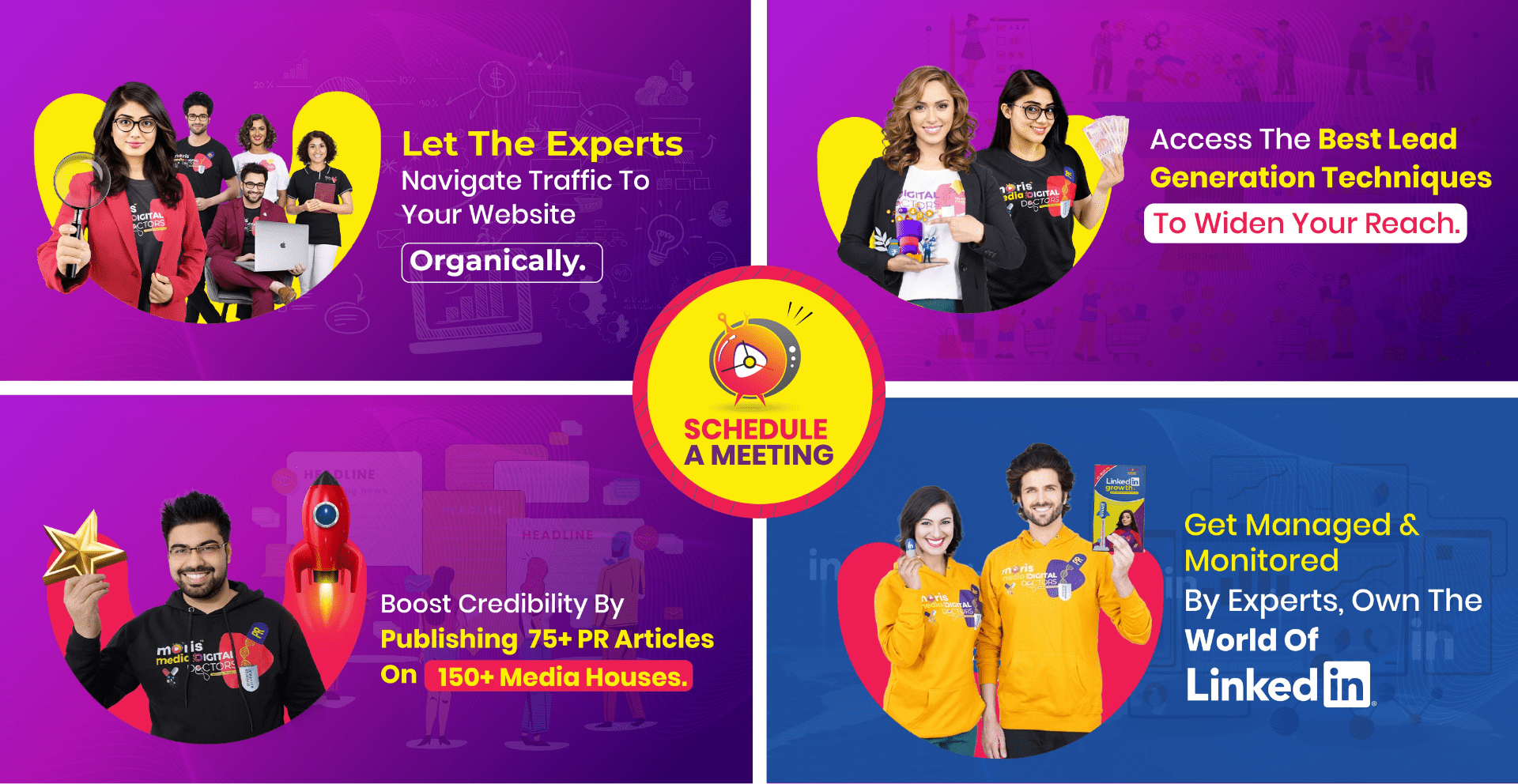Frequently Asked Questions
Influencer marketing offers several benefits for brands looking to reach a specific audience and increase their visibility. Moris Media, India’s top influencer marketing agency, highlights some of the benefits that you can avail from the same.
Increased brand awareness: Influencer marketing allows brands to reach a larger audience and increase their visibility to potential customers.
Targeted marketing: Influencer marketing can be tailored to reach a specific audience or market segment, ensuring that the message is reaching the right people.
Improved credibility: Influencers are seen as credible sources of information by their followers, which can lend credibility to the brand they are promoting.
Higher engagement rates: Influencer marketing often results in higher engagement rates than traditional forms of advertising, as followers are more likely to trust recommendations from someone they follow and respect.
Increased sales: Influencer marketing can drive sales by encouraging followers to try or purchase the brand's products or services.
Cost-effective: Influencer marketing can be more cost-effective than other forms of advertising, as brands can partner with influencers who have a smaller following and lower rates.
Long-term benefits: Influencer marketing can result in long-term benefits, as the relationship between the brand and the influencer can continue beyond a single campaign.
Moris Media, as the leading influencer marketing agency in India, highlights some critical steps that your brand needs to follow for choosing the right influencer.
Define your goals: Determine what you want to achieve with your influencer marketing campaign. Do you want to increase brand awareness, drive sales, or promote a new product?
Identify your target audience: Determine who your target audience is and what types of influencers they follow. Look for influencers whose audience demographics align with your target audience.
Look at their content: Review the influencer's content to make sure it aligns with your brand's values and messaging. Ensure that their content is of high quality and engaging.
Check engagement rates: Look at the influencer's engagement rates, including likes, comments, and shares. Higher engagement rates indicate a more engaged audience.
Assess their reach: Determine the size of the influencer's following and their reach across different channels.
Check for authenticity: Look for influencers who are authentic and genuine in their messaging. Avoid those who have a history of promoting products or services that do not align with your brand values.
Consider their past collaborations: Review the influencer's past collaborations to determine if they have experience working with brands in your industry.
Negotiate the terms: Negotiate the terms of the collaboration, including compensation, content creation, and posting requirements.
Moris Media states that the amount you should pay an influencer depends on several factors, including their follower count, engagement rates, and niche audience.
Generally, the larger the following and engagement rates, the higher the rate you should expect to pay. According to Indian market industry standards, an influencer with 100,000 to 500,000 followers can charge between ₹10,000 and ₹40,000 per sponsored post, while influencers with over 1 million followers can charge upwards of ₹1,00,000 per post. However, rates can vary widely based on the influencer's niche, level of experience, and geographic location.
Other factors that can impact the cost of an influencer marketing campaign include the type of content the influencer creates, the length of the campaign, and the exclusivity of the partnership. Some influencers may be willing to negotiate rates, especially if they believe in your brand and are excited about the partnership. It's important to have an open and honest discussion about compensation and the terms of the collaboration to ensure that both parties are satisfied with the arrangement.
As per Moris Media, measuring the success of an influencer marketing campaign involves tracking key metrics to determine the effectiveness of the campaign.
Reach: Measure the number of people who were exposed to your brand's message through the influencer's content.
Engagement:Track engagement metrics such as likes, comments, and shares to determine how engaged the influencer's audience was with your brand's message.
Click-through rate (CTR): Measure the number of clicks on a link that was included in the influencer's content. This can help you determine how many people were interested in learning more about your brand or product.
Conversion rate: Track the number of people who took a specific action after being exposed to your brand's message, such as making a purchase or signing up for a newsletter.
Brand mentions: Monitor the number of times your brand was mentioned on social media or other channels during the campaign.
Cost per engagement (CPE): Calculate the cost of each engagement (such as a like, comment, or share) to determine the overall effectiveness of the campaign.
Return on investment (ROI): Calculate the return on investment for the campaign by comparing the cost of the campaign to the revenue generated from the campaign.
If you are able to successfully monitor all these factors, you can determine the effectiveness of your influencer marketing campaign and make adjustments as needed to improve future campaigns.
Moris Media, India’s best influencer marketing agency, believes that authenticity is a crucial element of a successful influencer marketing campaign and you need to take certain steps to ensure the same.
Choose the right influencer: Partner with an influencer who aligns with your brand values and is passionate about your product or service. Look for influencers who have a genuine connection with their audience and are transparent about their partnerships.
Provide creative freedom: Allow the influencer to have creative freedom in developing content that aligns with your brand message. Avoid dictating the content they create or asking them to use specific language that feels unnatural to them.
Disclose the partnership: Ensure that the influencer discloses their partnership with your brand in a clear and transparent manner. This can help build trust with their audience and avoid any potential backlash.
Avoid misleading claims: Ensure that any claims made in the influencer's content are accurate and truthful. Avoid making exaggerated claims or making promises that cannot be delivered.
Monitor the content: Monitor the content the influencer creates to ensure that it aligns with your brand values and is not misleading or offensive in any way.
Approaching an influencer for a partnership requires a thoughtful and strategic approach and you need a strategic approach to get the same right.
Research potential influencers: Do your research to find influencers who align with your brand's values, have a significant following, and have previously worked with other brands in your industry.
Reach out: Send a personalized message to the influencer introducing your brand and expressing interest in a potential partnership. Keep the message short, concise, and tailored to the influencer's audience.
Offer value: Explain how your brand can provide value to the influencer's audience and how the partnership can benefit both parties.
Be clear about expectations: Be transparent about what you expect from the influencer, such as the type of content they will create, the timeline for the campaign, and the compensation.
Negotiate terms: Work with the influencer to negotiate the terms of the partnership, including the compensation, the frequency of posts, and the type of content that will be created.
Provide guidelines: Provide clear guidelines for the influencer, including brand messaging, branding guidelines, and any legal requirements.
Follow up:Follow up with the influencer regularly to ensure that the partnership is going smoothly and that the content is meeting your expectations.
Connect with the Digital Doctors at Moris Media, India’s leading influencer marketing agency. We analyse the needs of your brand and the campaign specifics before aligning you with the best influencers that match your requirements.
Moris Media lists down the most popular social media platforms for influencer marketing.
Instagram: Instagram is one of the most popular platforms for influencer marketing, with over 1 billion active monthly users. It's a visual platform that is ideal for promoting lifestyle products, fashion, beauty, and food.
YouTube: YouTube is a video-sharing platform with over 2 billion active monthly users. It's an ideal platform for promoting products that require more in-depth reviews or demonstrations, such as tech products or beauty tutorials.
TikTok: TikTok is a short-form video-sharing app with over 1 billion active monthly users. It's popular among younger audiences and is ideal for promoting products that are visually appealing and can be showcased in a short amount of time. However, if you are targeting consumers in India, this will not be useful as TikTok has been banned in India.
Twitter: Twitter is a micro-blogging platform with over 300 million active monthly users. It's ideal for promoting news, updates, and thought leadership content.
Facebook: Facebook is a social networking platform with over 2.8 billion active monthly users. It's ideal for promoting products that appeal to a broad audience, such as food, travel, and lifestyle products.
Snapchat: Snapchat is a multimedia messaging app with over 280 million active monthly users. It's ideal for promoting products that are visually appealing and can be showcased in a short amount of time.
Each platform has its own unique audience and set of features, and the most effective platform for your influencer marketing campaign will depend on your brand, target audience, and campaign goals.
Micro-influencers, who typically have between 1,000 and 100,000 followers, can be effective in influencer marketing for several reasons:
High engagement rates: Micro-influencers often have higher engagement rates than macro-influencers, as their followers are more likely to feel a personal connection with them and trust their recommendations.
Niche audiences: Micro-influencers often have a niche audience, which can be beneficial for brands looking to reach a specific market segment.
Authenticity: Micro-influencers often have a more authentic and genuine relationship with their followers, as they are seen as more relatable and approachable than larger influencers.
Cost-effective: Micro-influencers are often more affordable than larger influencers, making them a cost-effective option for brands with smaller budgets.
Long-term partnerships: Micro-influencers are often willing to establish long-term partnerships with brands, which can result in a more sustained and impactful marketing strategy.
Moris Media, India’s best influencer marketing agency, helps you a strong relationship with micro-influencers and advise you to provide them with creative freedom while ensuring that the partnership is authentic and aligned with your brand values.
Ensuring that your influencer's content is in line with your brand requires clear communication and guidelines for the content creation process. Moris Media experts suggests the steps you need to follow to achieve the same.
Set clear brand guidelines: Develop clear guidelines for the influencer that outline your brand's values, messaging, and aesthetics. This can include instructions for how to use your brand's logo, typography, colour scheme, and any other visual elements.
Provide creative direction: Provide the influencer with creative direction to ensure that their content aligns with your brand's messaging and values. This can include providing them with sample content or inspiration boards to guide their content creation.
Review the content: Review the content that the influencer creates before it is published to ensure that it aligns with your brand guidelines and messaging. This can help you catch any potential issues before they are posted and ensure that the content is on-brand.
Provide feedback: Provide constructive feedback to the influencer to help them improve their content and align it with your brand. This can include suggestions for improvements, adjustments to messaging, or changes to the visuals.
Have open communication: Maintain open communication with the influencer throughout the content creation process to ensure that their content aligns with your brand and that any issues are addressed promptly.
Moris Media believes that to ensure that your influencer is reaching the right audience requires a thorough understanding of your target audience and the influencer's audience and you need to execute some specific steps.
Define your target audience: Develop a clear understanding of your target audience, including their demographics, interests, and behaviours.
Research the influencer's audience: Research the influencer's audience to determine if their demographics, interests, and behaviours align with your target audience.
Analyse engagement rates: Analyse the influencer's engagement rates to determine if their audience is actively engaging with their content.
Check for authenticity: Check for authenticity by reviewing the influencer's engagement rates, follower growth, and audience demographics. Avoid influencers who have a high number of fake followers or engagement.
Look for niche influencers: Look for influencers who have a niche audience that aligns with your target audience. These influencers may have a smaller following, but their audience is likely to be more engaged and receptive to your brand's messaging.
Use tracking tools: Use tracking tools such as Google Analytics or social media analytics to track the reach and engagement of your influencer's content and determine if it is resonating with your target audience.
Moris Media suggests that Engagement rate is an important factor to consider when choosing an influencer for your brand as it helps you measure how actively engaged an influencer's audience is with their content, and it can be an indicator of how effective the influencer will be in promoting your brand's message to their audience. A high engagement rate suggests that the influencer's audience is interested in their content and actively engages with it, which can help ensure that your brand's message is seen by a receptive audience.
When considering an influencer, it's important to look beyond their follower count and instead focus on their engagement rates. A high follower count does not necessarily translate to a high engagement rate, and an influencer with a smaller following but a high engagement rate can be more effective in promoting your brand to a receptive audience.
Engagement rate can be measured in several ways, such as likes, comments, and shares on social media posts. By considering the engagement rate of an influencer, you can ensure that your brand is partnering with an influencer who has an engaged audience and can effectively promote your brand's message.
As the leading digital marketing agency in India, Moris Media believes that High ROI needs to be ensured for every campaign you execute. To determine the ROI of an influencer marketing campaign, you need to track the revenue generated by the campaign and compare it to the costs associated with the campaign.
Set clear goals: Establish clear goals for the influencer marketing campaign, such as increasing sales, driving website traffic, or increasing brand awareness.
Track campaign costs: Track the costs associated with the campaign, such as the influencer's fees, production costs, and any other expenses associated with the campaign.
Track revenue: Track the revenue generated by the campaign, such as sales, website traffic, or social media engagement. You can use unique promo codes or affiliate links to track the revenue generated by the campaign.
Calculate ROI: Calculate the ROI of the campaign by dividing the revenue generated by the campaign by the total campaign costs. This will give you a ratio of how much revenue you generated for each dollar spent on the campaign.
Analyse results: Analyse the results of the campaign and determine which aspects of the campaign were most effective. Use this information to refine your strategy for future influencer marketing campaigns.
By tracking the ROI of your influencer marketing campaign, you can determine its effectiveness and make informed decisions about future campaigns.
Moris Media believes that the length of an influencer marketing campaign can vary depending on the campaign goals, budget, and other factors. Generally, influencer marketing campaigns can range from a few weeks to several months, which are usually determined by a few factors.
Campaign goals: The length of the campaign should be determined by the campaign goals. For example, if the goal is to promote a limited-time offer, the campaign may only last a few weeks. However, if the goal is to build brand awareness, the campaign may last several months.
Budget: The budget for the campaign can also impact the length of the campaign. A larger budget may allow for a longer campaign with more frequent posts from the influencer.
Content creation: The length of the campaign can also depend on the amount of content that needs to be created. If the campaign requires a lot of custom content from the influencer, the campaign may last longer.
Seasonal factors: Seasonal factors, such as holidays or events, can also impact the length of the campaign. For example, a campaign that is focused on a holiday may only run for a few weeks leading up to the holiday.
It's also important to consider the influencer's availability and ensure that they are able to commit to the campaign for the desired length of time.
Moris Media, India’s best Influencer Marketing agency, believes that working with multiple influencers for one campaign can be an effective strategy for reaching a wider audience and driving engagement but it is dependent on certain important factors.
Campaign goals: If your campaign goals involve reaching a wide audience or targeting multiple market segments, working with multiple influencers can help you achieve those goals.
Budget: Working with multiple influencers can be more expensive than working with a single influencer, so it's important to consider your budget and determine if working with multiple influencers is feasible.
Campaign duration: If your campaign is short, it may not be feasible to work with multiple influencers. However, if your campaign is longer, working with multiple influencers can help keep the content fresh and engaging over a longer period of time.
Brand alignment: When working with multiple influencers, it's important to ensure that they align with your brand values and messaging. Working with influencers whose audiences have overlapping interests can help ensure that the campaign messaging is consistent.
Coordination: Working with multiple influencers requires coordination and planning to ensure that the campaign is cohesive and the messaging is consistent across all influencers.
Connect with the influencer marketing team at Moris Media to learn more.
In India, influencer marketing campaigns are subject to advertising laws and regulations. To ensure that your influencer marketing campaign is compliant with advertising laws in India, Moris Media suggests that certain guidelines are followed.
Disclose sponsored content: Influencers must disclose any sponsored content as per the Advertising Standards Council of India (ASCI) guidelines. This can be done by including the hashtag #ad or #sponsored in the post caption.
Avoid false or misleading claims: Influencer content must not contain false or misleading claims about the product or service being promoted.
Follow local regulations: Different states in India have their own specific advertising regulations, so it's important to research and follow the regulations that apply to your target audience.
Protect minors: If the product or service being promoted is intended for minors, ensure that the content is age-appropriate and compliant with advertising laws related to minors.
Avoid offensive or derogatory content: Influencer content should not contain offensive or derogatory content that could be harmful to individuals or groups.
Avoid comparison with competitors: Comparisons with competitors must be factual, verifiable, and not disparaging.
As per the influencer marketing experts in Moris Media, Yes, influencer marketing can work for B2B businesses, although the approach may be different from that of B2C businesses. B2B influencer marketing involves partnering with influencers who have a strong reputation and influence within the industry, and who can help promote your brand to other businesses or decision-makers within those businesses.
Partner with industry experts: Partner with industry experts, such as thought leaders or executives in your industry, who can promote your brand to other businesses and decision-makers.
Utilize social media: Utilize social media platforms, such as LinkedIn, to connect with industry influencers and promote your brand to their followers.
Create educational content: Create educational content, such as blog posts or webinars, that features influencers as subject matter experts or guest speakers.
Provide exclusive access: Provide influencers with exclusive access to your product or service, and allow them to share their experience with their audience.
Attend industry events: Attend industry events and conferences where influencers are likely to be present, and use the opportunity to network and build relationships.
B2B influencer marketing can be effective in building brand awareness, establishing credibility, and generating leads. By partnering with industry influencers and leveraging their expertise and influence, B2B businesses can effectively promote their brand to other businesses and decision-makers within those businesses.
While influencer marketing can be an effective marketing strategy, Moris Media, India’s best influencer marketing agency, cautions that there are also potential risks that brands should be aware of.
Lack of authenticity: If influencers are perceived as promoting products solely for financial gain, their credibility and authenticity may be called into question.
Negative publicity: If an influencer is involved in a controversy or scandal, it could reflect negatively on the brand they are promoting.
Legal and regulatory issues: Brands must ensure that their influencer marketing campaigns comply with advertising laws and regulations, and failure to do so could result in legal and regulatory issues.
Brand misalignment: If the influencer's personal brand or messaging does not align with the brand values and messaging of the business, it can create confusion and damage the brand's reputation.
Lack of control: Brands may have limited control over the influencer's content and messaging, which could result in messaging that is not aligned with the brand's values or messaging.
To mitigate these risks, brands should carefully select influencers who align with their brand values, ensure that their campaigns comply with advertising laws and regulations, and maintain open communication with the influencer to ensure that their content and messaging aligns with the brand's values and messaging.
Connect with the Influencer Marketing experts at Moris Media to learn more.
Avoiding fake influencers can be challenging, but Moris Media provides you with some strategies to help you identify and avoid working with them.
Look for engagement rate: Check the influencer's engagement rate to ensure that their followers are actively engaging with their content. If an influencer has a high number of followers but a low engagement rate, it may be a red flag.
Check follower count: Check the influencer's follower count to ensure that their followers are legitimate. There are various tools available online that can help you identify fake followers.
Review content quality: Review the influencer's content quality to ensure that it aligns with your brand values and messaging. If the content quality is low or inconsistent, it may indicate that the influencer is not a legitimate influencer.
Verify authenticity: Verify the authenticity of the influencer by reviewing their website, social media profiles, and other online presence to ensure that they are a legitimate influencer with a strong following.
Check for partnerships: Check to see if the influencer has partnerships with other reputable brands. If they have a history of partnering with reputable brands, it is a good sign that they are a legitimate influencer.
Use third-party tools: Use third-party tools to verify the authenticity of an influencer's followers and engagement rate. These tools can help you identify fake influencers.
Partner with Moris Media, India’s best influencer marketing agency, to be connected with legitimate influencers who can effectively promote your brand.
Influencer marketing campaigns can take on many different forms depending on the goals, target audience, and brand messaging. Moris Media, the most popular Influencer Marketing agency in India, lists out some of the most common influencer marketing campaigns.
Sponsored posts: In this type of campaign, influencers create content (e.g., photos, videos, blog posts) featuring a brand's product or service in exchange for payment.
Product reviews: Brands send their products to influencers who then test them out and share their honest opinions with their followers.
Brand ambassador programs: In this type of campaign, influencers are hired to represent a brand and promote its products or services over a longer period of time.
Social media takeovers: In this type of campaign, influencers are given temporary control of a brand's social media channels to create content and engage with followers on behalf of the brand.
Events: Brands can invite influencers to attend and promote their events, such as product launches, conferences, or store openings.
Contests and giveaways: Brands can partner with influencers to host giveaways or contests to generate buzz and engage with followers.
Affiliate marketing: Influencers receive a commission for each sale made through their unique affiliate link or code.
Connect with our Influencer Marketing experts to learn more.
Moris Media, India’s top influencer marketing agency, always asserts that creating a successful influencer marketing strategy requires careful planning, research, and execution and suggests some steps to get the same done.
Define your goals: Start by identifying what you hope to achieve with your influencer marketing campaign. Do you want to increase brand awareness, drive sales, or boost engagement? Your goals will guide the rest of your strategy.
Identify your target audience: Determine who your target audience is and what type of influencer they are most likely to follow and engage with. This will help you choose the right influencers for your campaign.
Choose your influencers: Look for influencers who align with your brand values, have a strong following among your target audience, and create high-quality content.
Set a budget: Determine how much you can afford to spend on your influencer marketing campaign. This will help you decide which types of campaigns to pursue and which influencers to work with.
Develop a creative brief: Create a brief that outlines the objectives of your campaign, the types of content you want the influencer to create, and any other guidelines or requirements.
Track and measure your results: Use tools like Google Analytics or social media analytics to track the success of your campaign. This will help you identify what worked well and what could be improved for future campaigns.
Build relationships with your influencers: Treat your influencers with respect and offer them fair compensation for their work. This will help you build long-term relationships with them and make future campaigns more successful.


















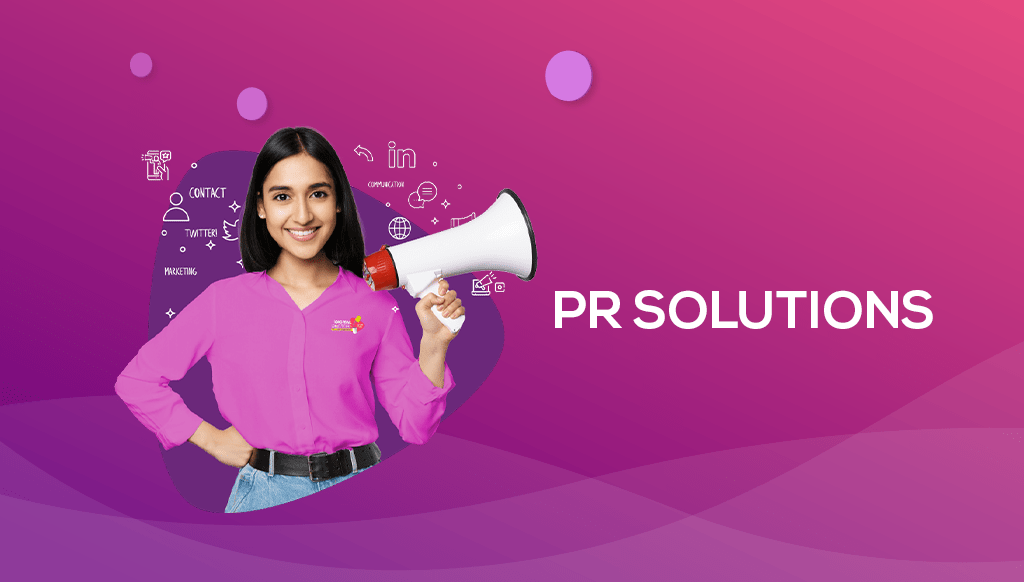
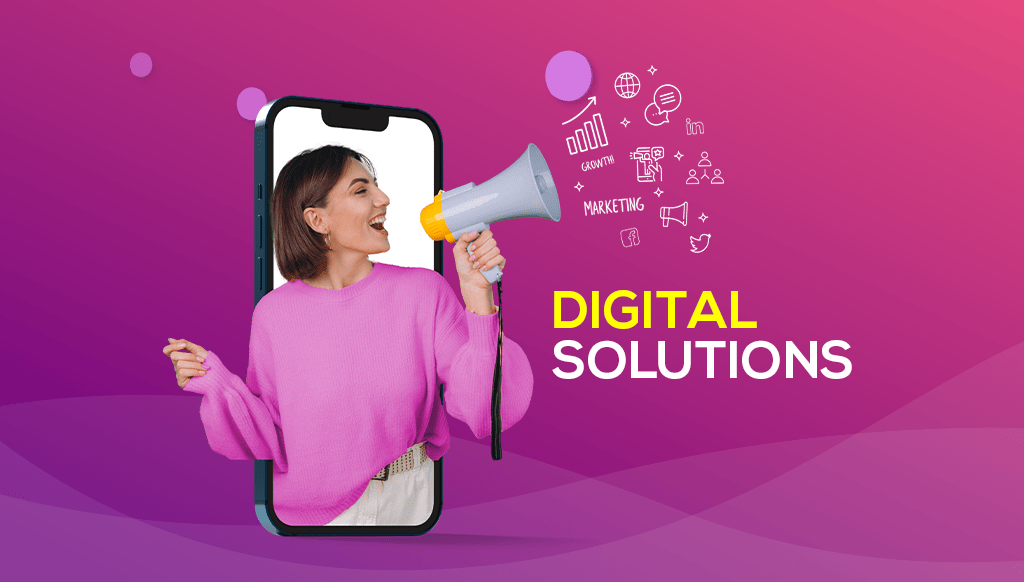
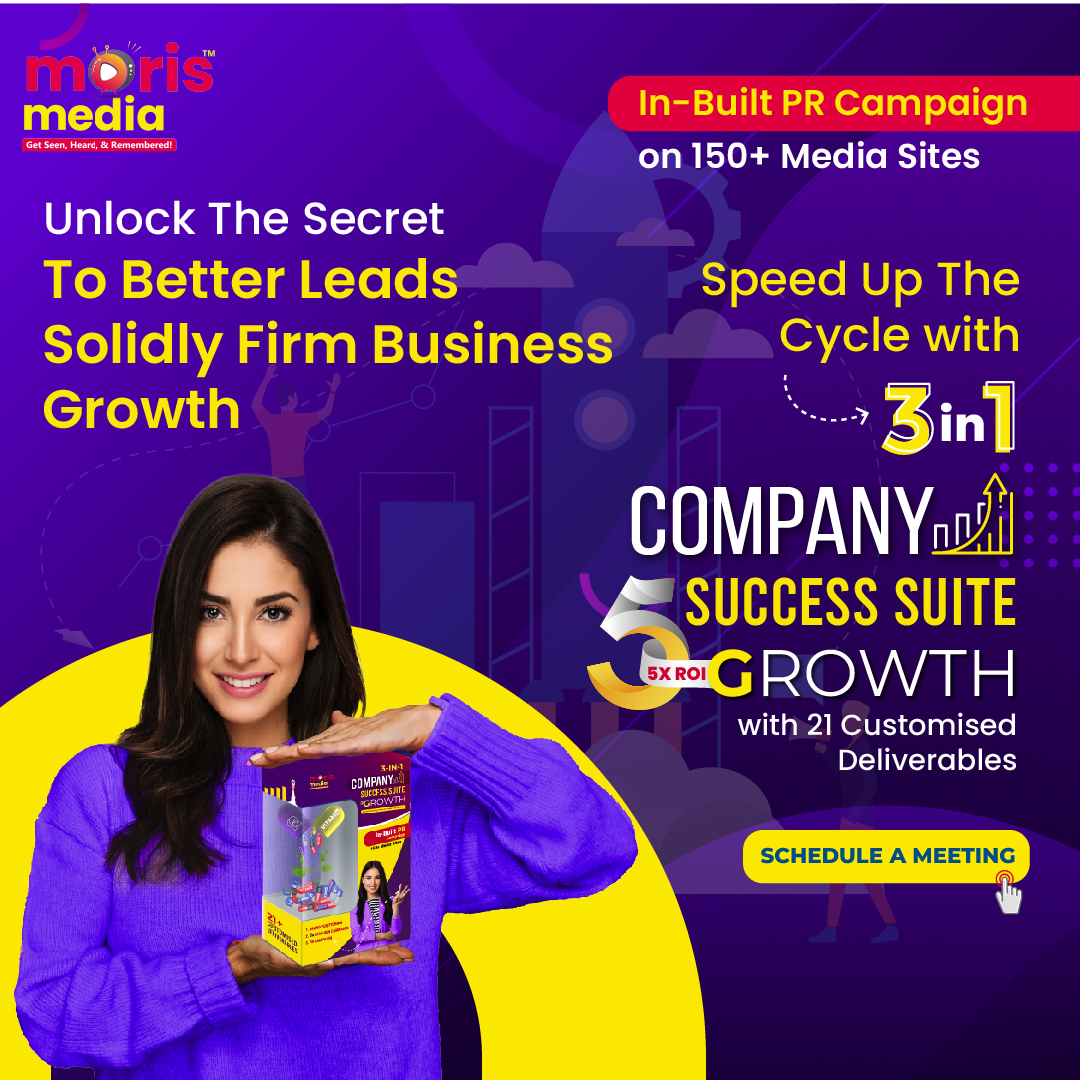
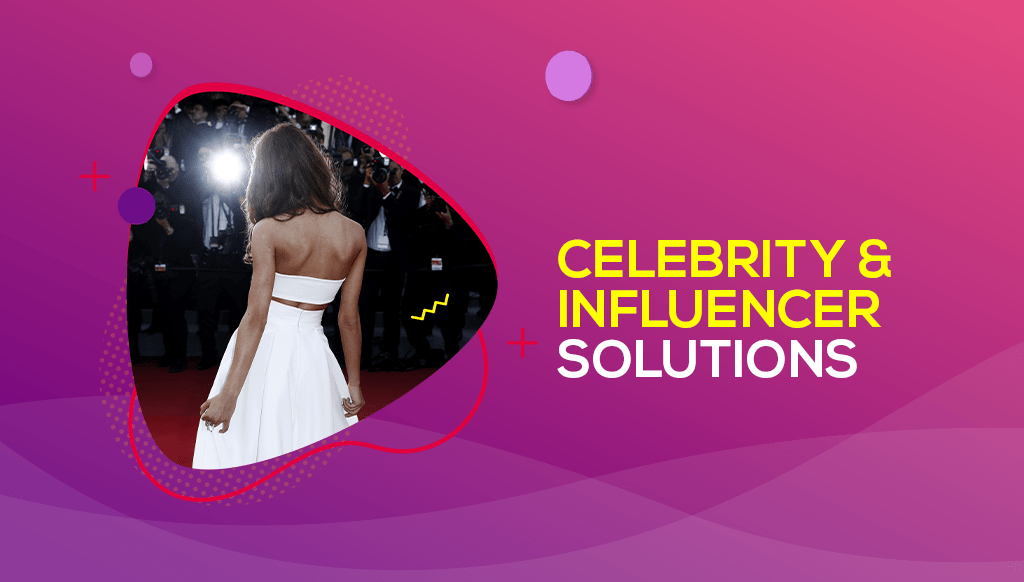
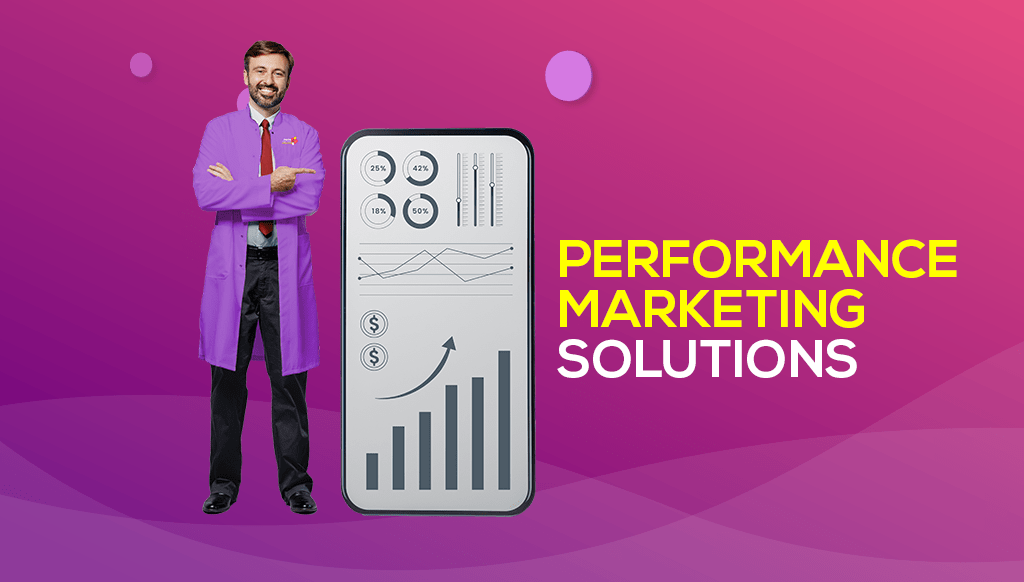
.png?v=1676960503)
